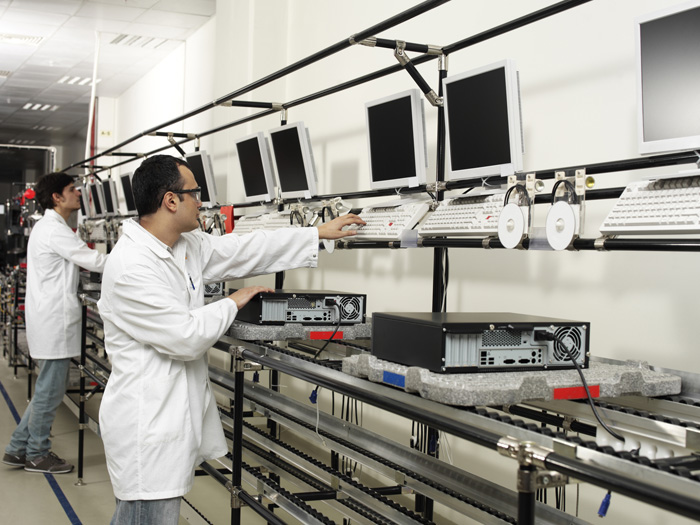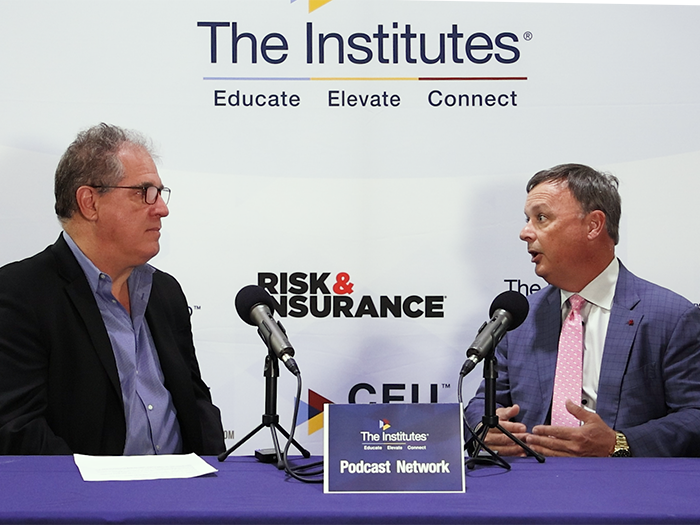Industrial Illness Risk
IBM Workplace Cancer Connection Unclear

“Because of study limitations, it was not possible to definitively answer the question of whether job exposures to chemicals at the plant put workers at higher risk of cancer,” said a newly released report. However, “several types of cancer were relatively more common in workers who had more potential exposure to specific chemicals or worked longer in certain production buildings.”
The government report comes in response to concerns about potential health outcomes among former workers at an IBM plant in Endicott, N.Y. The New York Department of Health, congressional representatives from New York, and community stakeholders requested the study to determine whether occupational exposures at the plant put former workers at risk for job-related mortality and cancer.
The National Institute for Occupational Safety and Health undertook the study in 2009 by looking at records of 34,494 people who had worked at the facility for at least 91 days between Jan. 1, 1969, and Dec. 31, 2001. They were trying to evaluate the overall causes of death among former workers, testicular cancer diagnoses among former workers, and birth defects among children of former workers. The assessment of birth defects among children of former workers is continuing.
“The total numbers of deaths from all causes and all cancers combined were lower among the IBM workers in the study than what would be expected from the general population,” the researchers said. “Few significant exposure-outcome relations were observed, but risks from occupational exposures cannot be ruled out due to data limitations and the relative youth of the cohort,” the study concluded.
However, it also noted that “just over 17 percent of the cohort (5,966 people) had died through 2009. All cause, all cancer, and many cause-specific standardized mortality ratios showed statistically significant deficits,” the report said. “In hourly males, SMRs were significantly elevated for non-Hodgkin’s lymphoma and rectal cancer. Salaried males had excess testicular cancer incidence. Pleural cancer and mesothelioma excesses were observed in workers hired before 1969, but no available records substantiate use of asbestos in manufacturing processes. A positive, statistically significant relation was observed between exposure scores for tetrachloroethylene and nervous system diseases.”
NIOSH had scheduled a public meeting to discuss the findings in late January.










